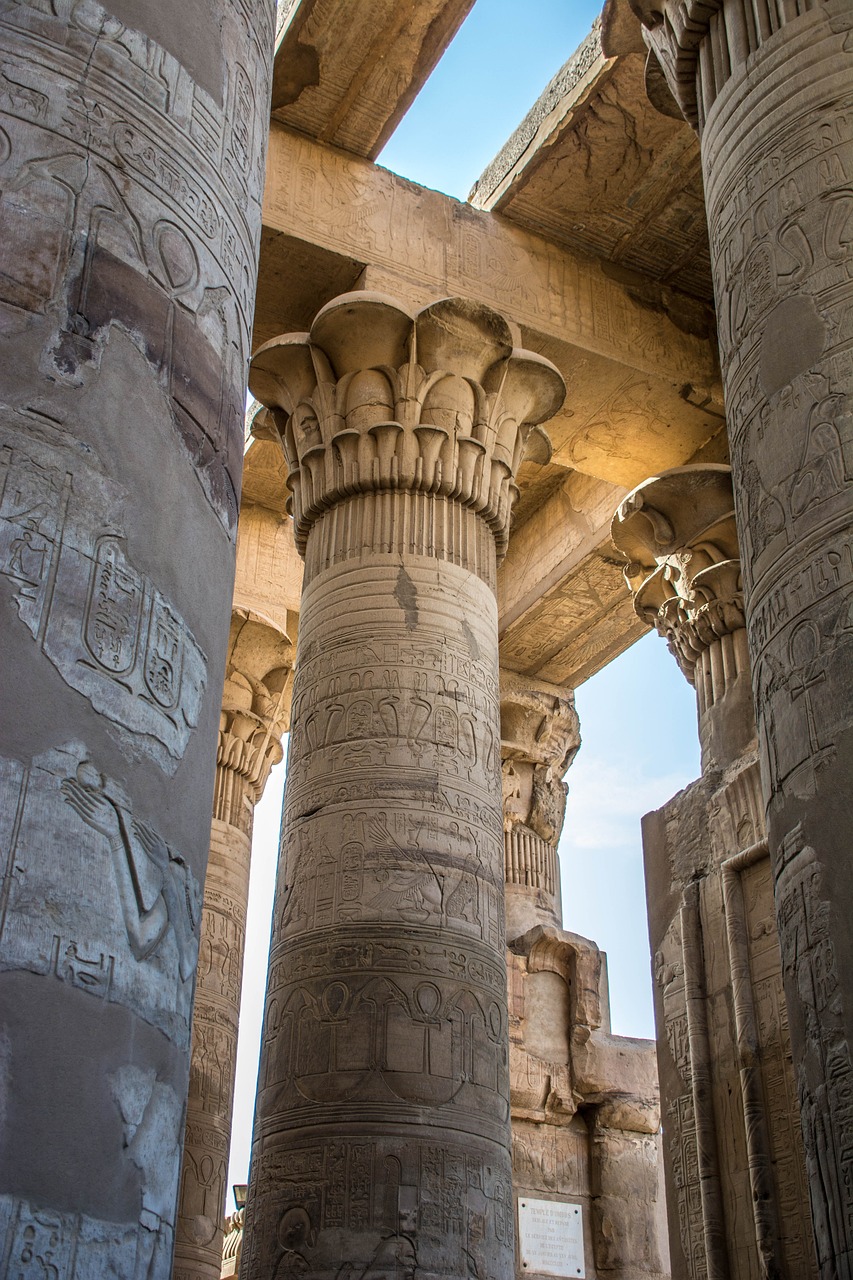Ancient Egyptian religion encompasses the indigenous beliefs of Egypt from predynastic times (around the 4th millennium BCE) through to the eventual decline of traditional culture in the early centuries CE. For a comprehensive understanding, one should reference the historical context of Egypt.
Overview and Importance
Egyptian religious beliefs and practices were intricately woven into the fabric of society from approximately 3000 BCE onward. Although some elements may have persisted from earlier traditions, they are often considered less significant for understanding subsequent developments, primarily due to the transformative establishment of the Egyptian state which redefined the religious landscape. The religious experiences in Egypt were so ubiquitous that it becomes challenging to categorize religion as a singular concept; it must be contextualized within a broad array of human practices and values. Over the course of more than 3,000 years, Egyptian religion evolved significantly, yet it consistently exhibited a particular character and stylistic coherence throughout various periods.
It’s essential to revisit the definition of religion beyond merely the worship of deities and expressions of human devotion. Religious activity also included engaging with the deceased, as well as practices like divination, oracular consultations, and magic—often conducted through divine mechanisms and associations. The two main focal points of public religion were the king and the pantheon of gods, both pivotal components of Egyptian civilization.
The king’s unique position between the human realm and the divine allowed him to participate in the world of the gods, culminating in the construction of grand, funerary monuments intended for his afterlife. Egyptian deities were notable for their diverse representations, often embodying both human and animal traits. Among the most revered gods were the sun god—who held numerous names and aspects linked to various supernatural entities—and Osiris, the deity associated with death and the underworld. Alongside his consort, Isis, Osiris gained prominence during the 1st millennium BCE, particularly as the worship of the sun god became less dominant.
Cosmological Beliefs
The Egyptians viewed the cosmos as a hierarchy that included both the gods and their own world, with Egypt placed at the center, surrounded by chaos. This chaos, or disorder, constantly threatened to encroach upon the ordered world that had been established. The king’s primary role as the leader of human society was to foster the gods’ goodwill to maintain this order against the backdrop of disorder. This perspective, marked by inevitable pessimism regarding the fate of the cosmos, was largely associated with solar worship, lending a deep legitimacy to the rulers and elite in their mission to uphold society’s equilibrium.
Despite this underlying pessimism, the artistic representations of the cosmos found on monuments conveyed a more optimistic outlook, portraying the reciprocal and harmonious relationship between the king and the gods. This duality underscored the fragile nature of the order they sought to protect. The controlled imagery and themes on monuments adhered to a code of decorum that dictated what could be depicted, how, and in which settings—all of which further reinforced the notion of order?
While the beliefs and practices of the elite are well documented through their monumental artifacts and texts, the understanding of the religious life of the broader populace remains less clear. Although it is unlikely that there was a pronounced dichotomy between the elite’s beliefs and those of the general public, such distinctions cannot entirely be discounted.



